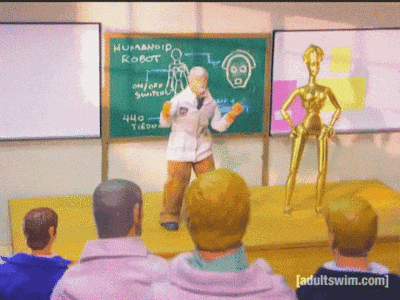So assume by the 2040s or 2050s, we have bipedal nurse robots which have replaced humans. What attributes would be good for a nurse, or any other health care worker, to have?
Obviously it would be super-intelligent, so it would have a perfect understanding of every scientific paper and book ever written on subjects like human biology, biomedical engineering, medicine, pharmacology, etc. It would understand the hundreds of millions of books and scientific papers ever written on these subjects, and be able to understand the errors in them too. It would also have a perfect understanding of the patients entire medical history, a full understanding of all 3 billion base pairs of their DNA.
It would obviously work 24/7, and probably have an exchangeable battery pack that gets swapped out every day or two so it doesn’t need to go down to recharge, you just replace the battery pack (the robots would probably have some internal reserve battery so they could replace their own battery packs without shutting down).
What I’m wondering is what physical attributes would a robotic health care worker have?
For example, why not give it six arms? It seems like when a patient is experiencing something intense like surgery or trauma you need multiple medical professionals to each do something different. A robot with 6 arms could in theory do CPR, insert an IV, put pressure on a wound, and prep equipment all at the same time while now that may take 3 or 4 medical professionals to do.
Eyes which have a far better capacity to detect shade would be nice, perhaps to pick up on subtle shades of color in people’s blood, skin color, etc. So superhuman senses like vision, sound, sense of touch, smell, etc to pick up on things that human beings cannot pick up on. Perhaps a robot nurse could hear your breathing change from 100 feet away and know a medical emergency was about to happen.
Would hands with 4 fingers and a thumb be ideal? I’m assuming there are physical interfaces to interact with the patient and interact with equipment better than primate hands that would work well in the medical profession, but I’m not sure what would be superior.
An in-built port to do lab diagnostics. Maybe something to read various POC tests like antigen tests, antibody tests, etc. I don’t know what all lab tests can be miniaturized so that a robot could carry them on them though so they could test themselves rather than taking samples to the lab for testing.
